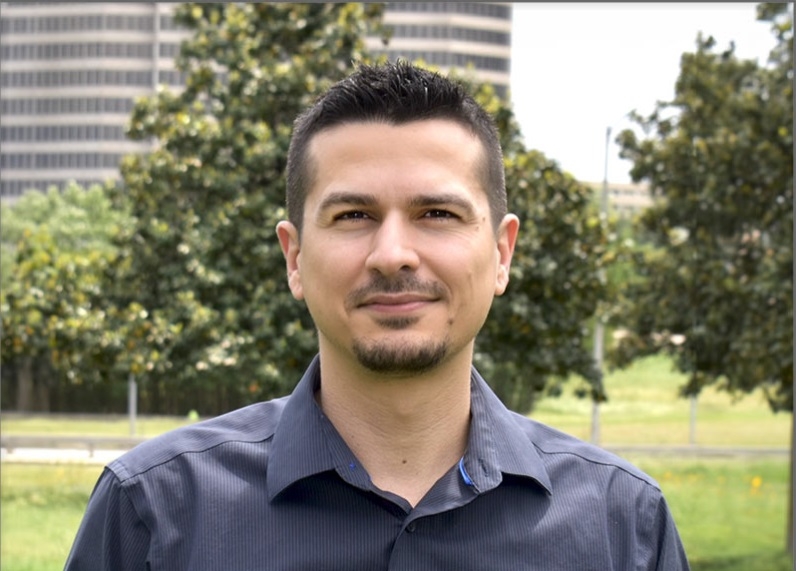Advertisement
The 12 x 12 x 12 rule
Creative fraud 101Jerome Maynefraud, deceptive practices, compliance
I recently delivered a keynote speech at a mortgage convention
and trade show. My speech dealt with the real-life consequences of
committing fraud. About an hour before my talk, I took a stroll
around the exhibitor booths checking out all of the latest mortgage
programs.
It had been a while since I actually originated loans, so I was
not really up to speed on the flexibility of today's mortgage
product guidelines. I stopped at the booth of a well-known
wholesale lender to brush up. Since a friend of mine is interested
in refinancing her investment property, I thought I'd find out
about the latest loan-to-value (LTV) limits on investment property
refinancing.
The guy behind the booth told me that they'd go as high as a 90
percent LTV on a rate and term or a cash-out refinance on an
investment property. I thought that was pretty good. I thanked the
young man and turned to leave. I must have seemed unimpressed
because he stopped me before I could continue on my stroll.
He said, "Well, we can go to 95 percent if it's a second home."
I replied, "It's not a second home. She just rents it out. Thanks."
I turned again to walk away.
This should have been the end of it, but this guy couldn't
resist. He said, "Wait, how far is it from her primary residence?"
I told him it was more than 150 miles. Then he asked, "What's the
value of her primary residence compared to this investment
property?"
Okay, I could see where he was going with this. I haven't been
out of it that long. He was trying to see if this deal would "make
sense" to his underwriters. If this other property was not worth as
much as her primary residence and if it was a significant distance
away, then it is conceivable he could call it her "second home."
This is typically how an underwriter would scrutinize this type of
transaction.
I was now curious to see how far this guy was going to take it.
I answered his question by telling him that her investment property
was about half the value of her primary residence. Clearly proud of
the facts he had just uncovered, he proclaimed that this was
definitely a loan that he could do as a second home refi at a 95
percent LTV.
I wanted to give him an opportunity to back out of this quagmire
he had created for himself. So, I said, "But it's not her second
home. She doesn't ever stay there." He then explained how the value
and the distance would "make sense" to the underwriter.Apparently,
this guy wasn't getting it. I turned fully toward him and looked
him straight in the eyes. I said, "She doesn't live or stay there.
Ever. She rents it out 100 percent of the time. She tells me that
she will never ever live there." His only response to me was a
shrug of the shoulders and a flip, "I guess it just depends on how
creative she wants to be." He then moved on to the next potential
co-conspirator who had just stepped up to his booth.
I just had to walk away.
Creative? This isn't creative financing. Creative financing is
when a loan officer puts to use their vast base of product
knowledge and solid understanding of the guidelines. A good,
creative loan officer is one who knows how to take a borrower's
uncommon financial picture and find a mortgage loan that meets
their needs; putting a square peg into a round hole, not by force
or deception, but with skill and finesse. Creative financing does
not involve withholding or misrepresenting informationspecifically,
information that is pertinent to the lender making the loan.
Why do lenders have guidelines, and how did they come up with
them anyway? For those "creatives" out there who don't know the
answer to this question, allow me to discuss it.
The money that the customer borrows comes from somewhere. When
it is all said and done, it is actually someone's money.
Ultimately, these people, the Money People, trust the lender to be
the gatekeeper of their money. The lender promises to only open the
gate if certain circumstances and conditions exist (these would be
the guidelines).
The Money People may say, for example, that they don't want to
lend more than 90 percent to someone who doesn't actually live in
the home (non-owner occupied). Why? Maybe they have done research
and found that, among other things, people are more likely to
default on a loan if that loan isn't securing the roof over their
head.
So, let's just say Mr. Creativity submits an application on
behalf of his client, Ms. Liar. The application says that Ms. Liar
is going to live in the home (she's actually not), and as such, she
wants to borrow 100 percent of the purchase price. Based on this
information, the lender opens the gate and lends the money with
which they have been trusted.
Four months later, Ms. Liar defaults on her loan because she
can't find a decent tenant. The Money People have now stopped
getting principal and interest payments, so they call the lender to
find out if they followed the guidelines. The lender (fraud victim)
says they thought they followed the guidelines, but as it turns
out, Ms. Liar has never lived there. They said that they relied on
the information they received from the applicant. If they had known
the truth, they never would have made the loan to Ms. Liar.
Now the Money People (fraud victim) want the lender to return
their money (buyback). The lender talks to Ms. Liar to find out why
she said she was going to live there but never did. Ms. Liar tells
the lender that it was all Mr. Creativity's idea. Mr. Creativity
says that he didn't tell Ms. Liar to do anything (this is the
finger pointing).
The lender decides to launch an investigation. They review all
of Mr. Creative's closed loans. They discover he's had a number of
similar transactions in the past. No defaults yet, but
misrepresentation nonetheless. The FBI gets called in. A few months
later, Mr. Creativity is hauled out of the office in handcuffs.
Thats why lenders have guidelines.
I walked away from that booth without any doubt in my mind that
Mr. Creativity has put transactions together similar to this one. I
wondered who trained him. Has he trained anyone else? Does he
realize this is wrong? Does he know it's wrong but doesn't think
it's a big deal? Has he seen much worse around his office and
therefore thinks this isn't as bad as forging a signature? Does he
know that people go to prison for much less? Does he have kids?
Does he know how he would explain his 21-month absence from home to
his three-year-old if he went to prison? Would he find a better way
to explain it than I did?
The worst part of a federal fraud conviction is not prison,
although prison isn't great by any stretch. I don't care how much
fun we all think Martha Stewart had in there, putting together
decorating contests. I just don't remember it being that fun. It is
no picnic, being stuck living with hundreds of men who don't have
personal hygiene anywhere on their priority list. Then there's the
loss of freedom, etc., etc., etc.
But the worst part about a federal fraud conviction is the
unwritten sentence. The true consequences of committing fraud are
the loss of respect in your industry, the loss of self esteem, the
loss of a career, and the fact that even though it was you who did
something wrong, everyone else who is close to you must go through
the same thing, too.
About an hour after I parted company with Mr. Creativity, I
addressed the group in the convention hall. I gave my talk on the
real-life consequences of committing fraud. I kept an eye out for
Mr. Creativity but I didn't see him. I hope he was there. He's the
reason I was asked to come there to speak.
Jerome Mayne is founder and president of Fraudcon Inc., a
fraud deterrent company. Jerome served a 21-month federal prison
sentence for conspiracy to commit mail and wire fraud. He now
speaks to mortgage association conventions as well as private
mortgage banker and broker companies. He may be reached at (612)
919-3007 or e-mail [email protected].
About the author





